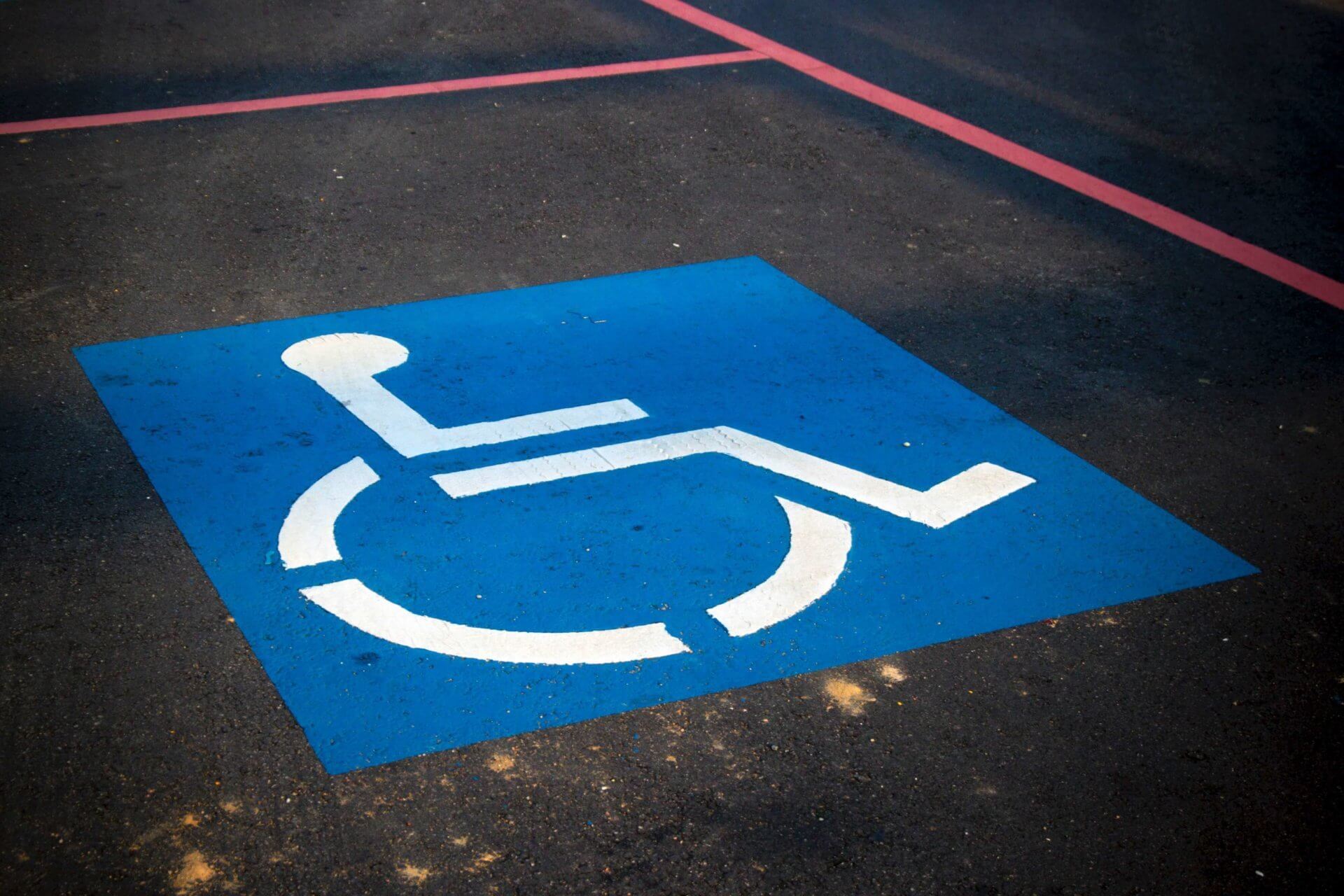
Eighty million Europeans living with a disability will benefit from more accessible goods and services at competitive prices! The European Accessibility Act was adopted by the European Parliament and Council. Member States have a six-year transition period before having to fully enforce it. Among the areas it covers are information for travelers, vending machines, banking services, e-commerce, e-books and emergency numbers. It is a small revolution for those with a disability and a huge challenge for businesses.
Towards Free Movement of Accessible Goods and Services
The European Accessibility Act has been on the agenda since July 2017 and has two principal goals:
⊗ Improve the daily life of the elderly, disabled people and people with reduced mobility throughout the entire European Union (80 million people at a conservative estimate); and
⊗ Facilitate the circulation of accessible goods and services by removing barriers created by divergent laws among the various Member States.
Businesses should see a reduction in costs from the standardization of accessibility laws throughout Europe. Furthermore, they will gain access to a large market for their products and services.
As for those living with a disability, they will benefit from a wider range of accessible goods and services at more competitive prices. Benefits are also expected for them in the areas of education and job access. Their expertise in accessibility should see a rise in demand and their professional integration will be eased by software accessibility.
Principles of Universal Design
Under this new European directive, goods and services should be designed in a way that allows them to be used by everyone, regardless of their particular difficulty:
⊗ color-blindness, poor vision or complete blindness;
⊗ poor hearing or profound deafness;
⊗ speech problems or total mutism;
⊗ problems in gripping or absence of physical strength;
⊗ reduced mobility;
⊗ cognitive difficulties (reading, gesturing, memory, etc.).
Essentially, every good or service must be “perceptible, usable, understandable and sturdy.” This means:
⊗ An action should be possible by using different sensory methods (voice message, speech recognition, visual display, touch);
⊗The transfer of information should also be possible via various sensory methods;
⊗ Visual contrasts ought to be considered;
⊗ The font can be increased;
⊗ It should be possible to change the volume and speed of audio messages;
⊗ Actions requiring strength or precision should be limited;
⊗ Latency time between two actions ought to be open to configuration;
⊗ There should be information on accessibility functions;
⊗ And, of course, assistance technologies should be compatible (screen readers, audio support, voice command, etc.).
Interested to know if Accessible Pedestrian Signals are required in your country? Check this article!
From Ticketing Machines to E-commerce Platforms, Many Areas Are Covered!
The directive mainly applies to digital services and related equipment:
⊗ Computers and operating systems;
⊗ Ticketing machines, check-in machines;
⊗ Smartphones;
⊗ Audiovisual services, digital television and related equipment;
⊗ Telephony services;
⊗ Public transportation ticketing and related information (road, rail, air, sea or river);
⊗ Bank services;
⊗ E-books; and
⊗ E-commerce.
Now that the European Accessibility Act has been adopted by the European Parliament and the European Council, only its publication in the Official Journal remains. After that formality, Member States will have three years to transpose the directive into national law and another three to apply it. Some associations representing disabled people have criticized the text’s lack of ambition, lamenting how it does not apply to transportation infrastructure, streets and buildings. It also includes many restrictions for small businesses. Let’s hope however that the new European Accessibility Act will be a positive impetus for the extension of universal design to all areas of everyday life!
media

For those living with a disability, they will benefit from a wider range of accessible goods and services at more competitive prices.
writer

Lise Wagner
Accessibility Expert
stay updated
Get the latest news about accessibility and the Smart City.
other articles for you

Open Data Is Key to Fostering Universal Accessibility
Open data represents an opportunity for cities to reach universal accessibility. It shows the missing links of the mobility chain.
Our Audio Beacons Guide the Blind and Visually Impaired at the Helsinki Subway
The Helsinky subway improved their audio signage system by installing on demand and remotely activated audio beacons.
7 Good Reasons to Install Audio Beacons at Your Public Transport Network
Audio beacons are an efficient way to provide more autonomy to blind and visually impaired people. They can easily use public transport.

Will Remote Activation Become the Norm for Accessible Pedestrian Signals?
More and more cities like New York have been exploring remote activation to trigger accessible pedestrian signals.
share our article!
more articles

Disability Statistics in the US: Looking Beyond Figures for an Accessible and Inclusive Society
Disability Statistics in the US: Looking Beyond Figures for an Accessible and Inclusive Society Around 61 million adults in the United States live with a disability. Diving into disability statistics in the US will help us know exactly who is concerned and what...
Our Audio Beacons Guide the Blind and Visually Impaired at the Helsinki Subway
Our Audio Beacons Guide the Blind and Visually Impaired at the Helsinki SubwayOur audio beacons equip the new line of the Helsinki subway in Finland. They help blind and visually impaired people locate the points of interest of a station. For users with visual...

Will Remote Activation Become the Norm for Accessible Pedestrian Signals?
Will Remote Activation Become the Norm for Accessible Pedestrian Signals?Without pushbutton, there are no accessible pedestrian signals. That’s how APS work in the U.S. But more and more cities have been exploring remote activation like New York City. The Department...

Hearing Impaired People: a Multitude of Profiles for Different Needs
Hearing Impaired People: a Multitude of Profiles for Different Needs Did you know that hearing impaired people have several profiles and that the way they identify themselves is important? You may be familiar with deaf and hard of hearing people but for each of...
NEVER miss the latest news about the Smart City.
Sign up now for our newsletter.
Unsubscribe in one click. The information collected is confidential and kept safe.
powered by okeenea
The French leading company
on the accessibility market.
For more than 25 years, we have been developing architectural access solutions for buildings and streets. Everyday, we rethink today’s cities to transform them in smart cities accessible to everyone.
By creating solutions ever more tailored to the needs of people with disabilities, we push the limits, constantly improve the urban life and make the cities more enjoyable for the growing majority.


